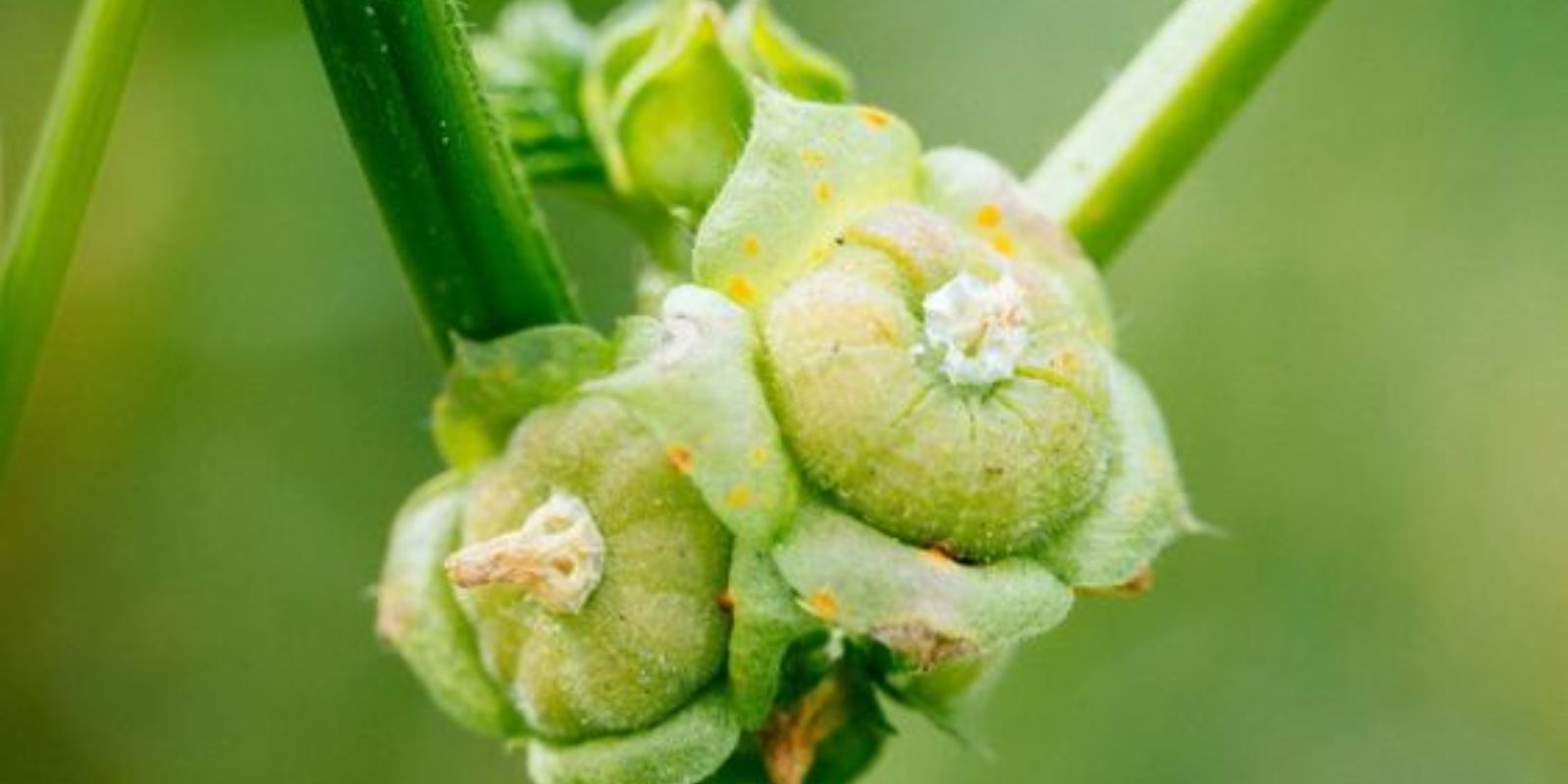Common mallow (Malva sylvestris) is a remarkable plant with a rich history of use in culinary and medicinal practices. Often overlooked, this plant offers more than just its striking flowers; its leaves are a true culinary treasure. Understanding the value of common mallow’s leaves can enhance your diet with an abundance of nutrients and flavor while also making use of a versatile and often readily available plant. This article explores the benefits of common mallow leaves, how to identify and harvest them, and how to incorporate them into your meals.
Introduction
Common mallow is a hardy plant that grows abundantly in various environments, including gardens, meadows, and even urban areas. While many gardeners and foragers are familiar with the plant’s use in traditional medicine, its leaves hold untapped potential as a nutrient-rich food source. Packed with vitamins, minerals, and antioxidants, common mallow leaves can significantly boost your nutritional intake while adding a unique flavor to your dishes. This article delves into why the leaves of common mallow are so valuable, how to properly harvest and prepare them, and some creative ways to include them in your diet.
Identifying Common Mallow
1. Plant Characteristics:
- Leaves: The common mallow plant has distinctive round or heart-shaped leaves with scalloped edges. They are usually green but can sometimes have a slightly bluish tint.
- Flowers: The plant produces small, cup-shaped flowers that are typically pink, purple, or white. These flowers are not just decorative but also edible.
- Growth Habit: Common mallow is a low-growing perennial with a spreading habit, making it easy to spot in gardens and wild areas.
2. Where to Find It:
- Habitat: Common mallow thrives in a variety of environments, including lawns, garden beds, and disturbed soils. It’s a hardy plant that often grows where other plants might struggle.
- Season: You can find common mallow growing throughout the growing season, from spring to autumn.
Harvesting Common Mallow Leaves
1. Timing:
- Young Leaves: For the best taste and nutritional value, harvest young, tender leaves. These leaves are more flavorful and less fibrous than older, mature leaves.
- Avoiding Old Leaves: Older leaves can be tougher and have a more pronounced, slightly bitter taste. They are still edible but may require more cooking to soften.
2. Method:
- Selecting Leaves: Choose leaves that are vibrant and free from blemishes or signs of disease. Avoid leaves that appear wilted or damaged.
- Harvesting: Use clean scissors or garden shears to cut the leaves, leaving the base of the plant intact for continued growth. Be mindful of not overharvesting; taking a few leaves from each plant ensures that it remains healthy and productive.
Preparing Common Mallow Leaves
1. Cleaning:
- Rinsing: Rinse the harvested leaves thoroughly under cool running water to remove any dirt, insects, or debris.
- Soaking: For a more thorough clean, soak the leaves in a bowl of water with a splash of vinegar for a few minutes before rinsing.
2. Cooking:
- Raw: Young mallow leaves can be added raw to salads. They have a mild, slightly mucilaginous texture that adds a unique element to fresh dishes.
- Cooked: The leaves can be steamed, sautéed, or added to soups and stews. Cooking the leaves softens their texture and can enhance their flavor.
Nutritional Benefits of Common Mallow Leaves
1. Rich in Vitamins and Minerals:
- Vitamins: Common mallow leaves are rich in vitamins A and C, which are essential for immune function, vision, and skin health.
- Minerals: They also contain significant amounts of potassium, magnesium, and calcium, which support cardiovascular health, bone strength, and muscle function.
2. Antioxidants and Phytochemicals:
- Antioxidants: The leaves are high in antioxidants, which help combat oxidative stress and inflammation in the body.
- Phytochemicals: Common mallow contains various phytochemicals that have been shown to support overall health and well-being.
Culinary Uses for Common Mallow Leaves
1. Salads:
- Fresh: Incorporate young mallow leaves into salads for a nutritious and flavorful addition. They pair well with other salad greens and can be complemented with a light vinaigrette.
2. Soups and Stews:
- Flavor Enhancer: Add mallow leaves to soups and stews as a flavor enhancer and thickening agent. The mucilaginous texture of the leaves helps to thicken and enrich the broth.
3. Sautéed Greens:
- Side Dish: Sauté mallow leaves with garlic and olive oil for a quick and nutritious side dish. They can be served alongside grilled meats or used as a filling for wraps and sandwiches.
4. Smoothies and Juices:
- Nutrient Boost: Blend young mallow leaves into smoothies or juices for an added nutrient boost. Combine with fruits like apples or berries to mask the unique flavor.
Tips for Using Common Mallow Leaves
1. Experiment with Flavors:
- Blending: Common mallow leaves have a mild taste that blends well with other greens. Experiment with different combinations to find what works best for your palate.
2. Storage:
- Refrigeration: Store fresh mallow leaves in the refrigerator in a sealed container or plastic bag to keep them fresh. They can last up to a week.
3. Preserving:
- Freezing: If you have an excess of leaves, consider blanching and freezing them for later use. Blanching helps preserve the color and texture of the leaves.
Conclusion
Common mallow is a plant that offers much more than meets the eye. While many are familiar with its flowers and medicinal uses, the true gem lies in its leaves. Rich in essential nutrients, antioxidants, and versatile in culinary applications, common mallow leaves can enhance your diet and contribute to overall health. By understanding how to identify, harvest, and prepare these leaves, you can make the most of this often-overlooked plant and incorporate its benefits into your daily meals.
Discover the hidden treasures of common mallow—embrace the nutritional power of its leaves and elevate your cooking with this ancient green!

